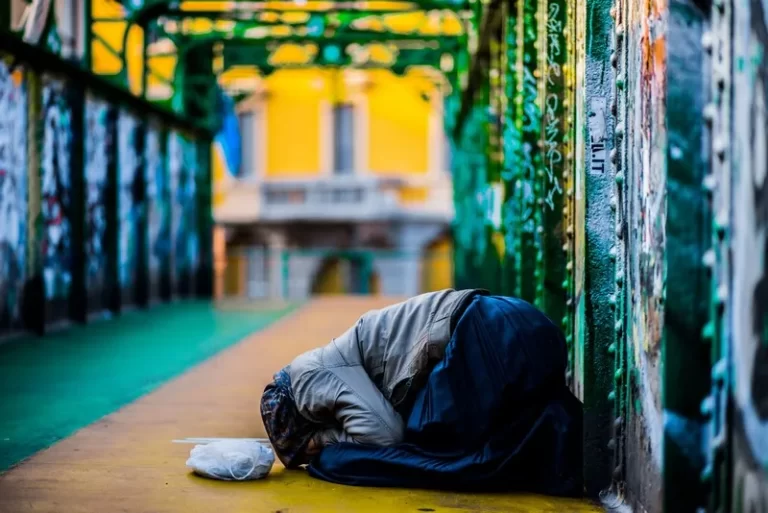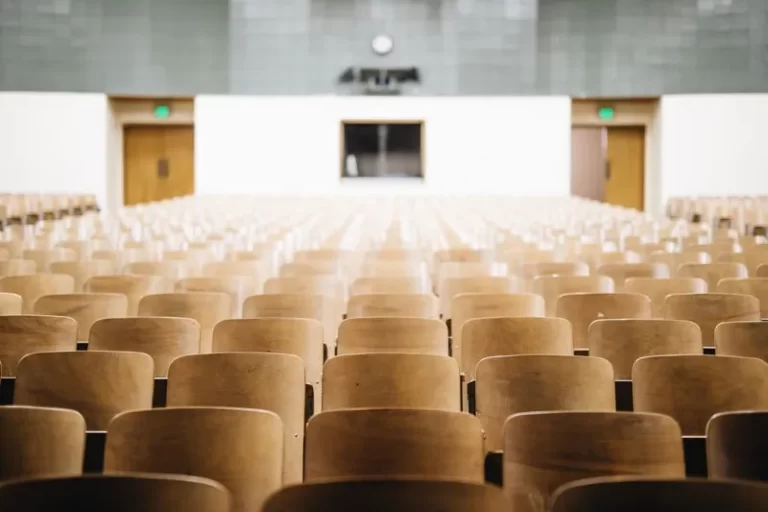Table of Contents
- What Is Class Situation?
- Historical Perspectives on Class Situation
- Class Situation in Contemporary Sociology
- Class Situation and Intersectionality
- Class Situation in Everyday Life
- Why Understanding Class Situation Matters
Class situation is one of the most fundamental concepts in sociology, shaping how scholars explain inequality, power, and the organization of social life. The study of class reveals the deep connections between economic structures, social institutions, and cultural practices. Over time, sociologists have refined the concept to account for not only one’s position in the economy but also the multiple forms of advantage and disadvantage that arise from cultural, symbolic, and political processes.
This extended discussion explores the meaning of class situation, traces its intellectual development, and evaluates its relevance to contemporary social life. The aim is to give undergraduate readers a comprehensive and accessible overview of how sociologists conceptualize class as a dynamic, relational, and multidimensional phenomenon that continues to shape the contours of modern societies.
What Is Class Situation?
The term class situation broadly refers to an individual’s or group’s position within the structure of economic and social relations. It denotes how one’s access to resources, opportunities, and power is determined by their relationship to production, distribution, and consumption systems. In this sense, class situation is both an objective condition—rooted in material circumstances—and a subjective experience—expressed through identity, habitus, and worldview.
Historically, class was treated as a purely economic category, but later sociological developments introduced social and cultural elements. Today, class is recognized as an intricate web of structural positions and lived realities. To fully grasp this complexity, it is helpful to break class situation down into several interrelated dimensions.
Key Dimensions of Class Situation
- Economic Dimension: This includes income, wealth, occupation, and property ownership. Economic resources shape life chances, stability, and access to security.
- Social Dimension: This refers to social networks, prestige, and institutional access. Social capital, often transmitted through family and community, sustains class boundaries across generations.
- Cultural Dimension: Cultural capital—education, taste, language, and aesthetic sensibilities—distinguishes groups and reproduces privilege. It reflects how knowledge and style can be powerful social resources.
- Political Dimension: Political capital or influence affects the ability to shape laws, policies, and institutions that reproduce or challenge inequality.
- Symbolic Dimension: Following Bourdieu, symbolic power operates through recognition and legitimacy. It determines which lifestyles or values are seen as superior.
The interplay among these dimensions generates complex hierarchies and mechanisms of reproduction. Class situation therefore encompasses not just wealth, but also patterns of respectability, belonging, and authority.
Historical Perspectives on Class Situation
Karl Marx: Class as a Relation of Production
Karl Marx offered the first systematic theory of class as a structural relation within capitalism. For Marx, social classes are defined by their relationship to the means of production—that is, by whether they own productive property or sell their labor.
- The bourgeoisie controls the means of production and accumulates profit through the exploitation of labor.
- The proletariat sells its labor power to survive, creating value that is appropriated by capitalists.
Class struggle, Marx argued, is the driving force of historical development. Class situation is thus both an economic relation and a potential source of revolutionary consciousness. Individuals who share the same class situation can evolve from a class in itself—an objective condition—to a class for itself—a politically active, self-aware collective.
Marx’s framework reveals the structural antagonisms of capitalism and highlights how economic systems produce forms of domination and resistance that persist today in new guises, such as precarious work and global inequality.
Max Weber: Class, Status, and Party
Get the full article AD FREE. Join now for full access to all premium articles.
View Plans & Subscribe Already a member? Log in.





